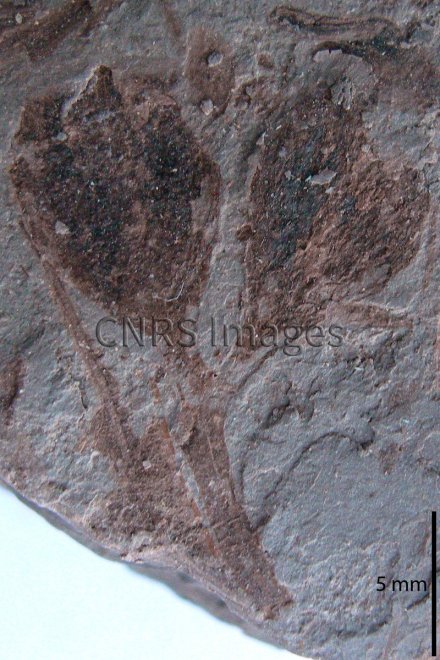Production year
2009

© Bernard GOMEZ/CNRS Images
20130001_0340
Deux fleurs datant du Cénomanien, découvertes en Charente-Maritime. Grâce à ce type de fossile, les chercheurs ont montré que durant le Crétacé, entre le Barrémien (-130 millions d'années) et le Campanien (-84 Ma), les angiospermes ont conquis l'Europe en migrant dans de nouveaux environnements, selon trois phases successives. Ce scénario a permis de quantifier l'évolution des Angiospermes dans le temps et dans l'espace, en mettant en parallèle les changements de l'environnement biologique et de l'environnement physique.
The use of media visible on the CNRS Images Platform can be granted on request. Any reproduction or representation is forbidden without prior authorization from CNRS Images (except for resources under Creative Commons license).
No modification of an image may be made without the prior consent of CNRS Images.
No use of an image for advertising purposes or distribution to a third party may be made without the prior agreement of CNRS Images.
For more information, please consult our general conditions
2009
Our work is guided by the way scientists question the world around them and we translate their research into images to help people to understand the world better and to awaken their curiosity and wonderment.